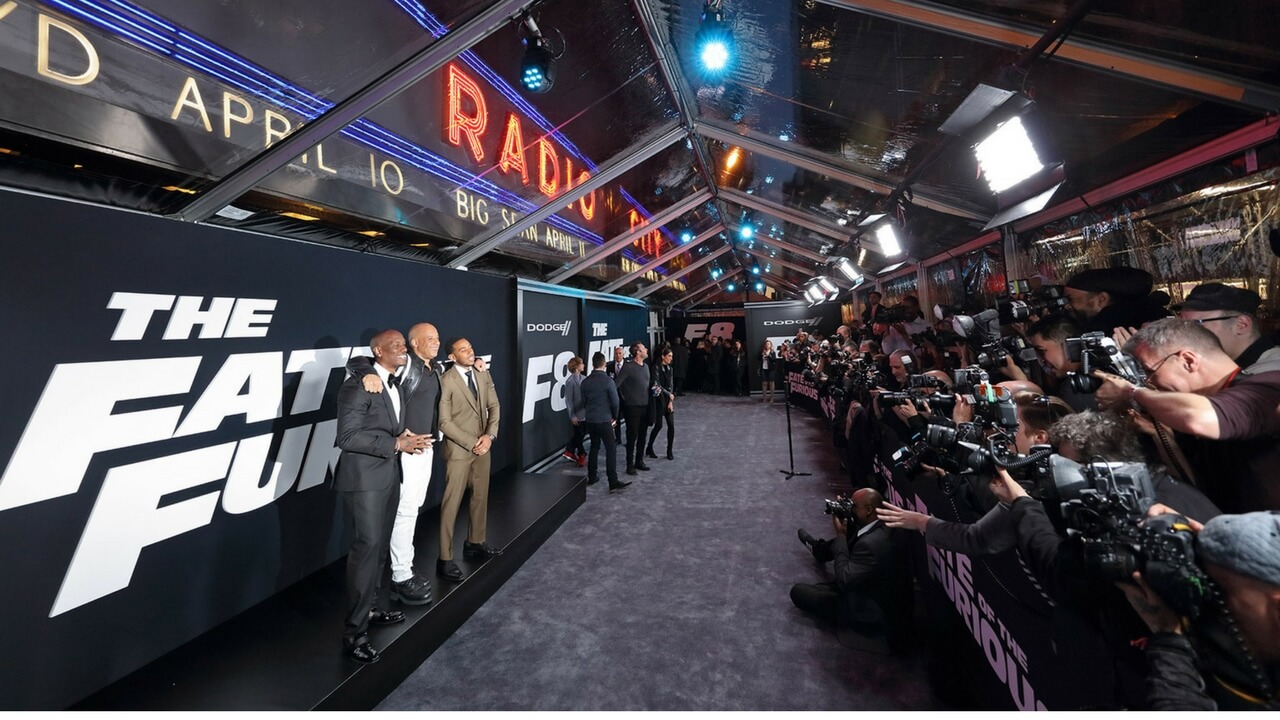Conquering Obstacles in the Craft of Video Image Mapping Execution
Wiki Article
Video projections mapping technology is an exciting technology that transforms ordinary areas into dynamic presentations. This method enables artists and design professionals to project images and footage onto objects like structures, statues, or stages, creating an immersive visual encounter. However, despite its potential, executing video projection mapping effectively comes with several challenges. Understanding and addressing these obstacles is crucial for anyone seeking to create memorable projection art.
One of the primary difficulties in video projection mapping is ensuring that the displayed graphic matches accurately with the surface. This procedure, known as "mapping," requires accurate calculations and calculations. If the display is not matched correctly, the images can appear warped or off. To address this problem, creators often use dedicated software that assists in mapping the visuals to the object's dimensions. Moreover, conducting comprehensive tests before the final projection can help detect any misalignments and allow for adjustments to be made.

Another significant obstacle is the different brightness and color of the displayed images. Different materials react differently to light, which can influence how the shades appear once cast. For instance, a light-colored material will reflect brightness variously than a dark one. To tackle this, artists must think about the surface characteristics before choosing the colors and light levels for their projections. Testing the display on the actual surface during the preparation phase can provide essential insights into explanation how the ultimate presentation will appear.
Technical difficulties can also pose a hurdle in video projection mapping. Problems such as equipment failure, software glitches, or network issues can interfere with the entire project. To minimize these risks, it is vital to conduct comprehensive equipment inspections and have backup plans in position. This can include having extra cables, projectors, and even backup software options ready to go. Being ready for technical issues can ensure a more seamless execution of the display.
Finally, viewers' engagement is an important aspect of video projection mapping. While the visuals are key, read how the audience engage with the display can make a significant difference. Creators must think about how to design their projections to captivate viewers’ attention and encourage interaction. This can involve incorporating elements that invite participation or create a narrative that resonates with the audience. Gathering feedback from test audiences can also help refine the show to improve engagement.
In summary, addressing challenges in video projection mapping demands meticulous preparation and creativity. By addressing the challenges of alignment, brightness, technical issues, and audience engagement, creators can produce spectacular and effective projections. With the appropriate approaches in position, video projection mapping can change common areas into remarkable encounters, engaging viewers and leaving a lasting impression.